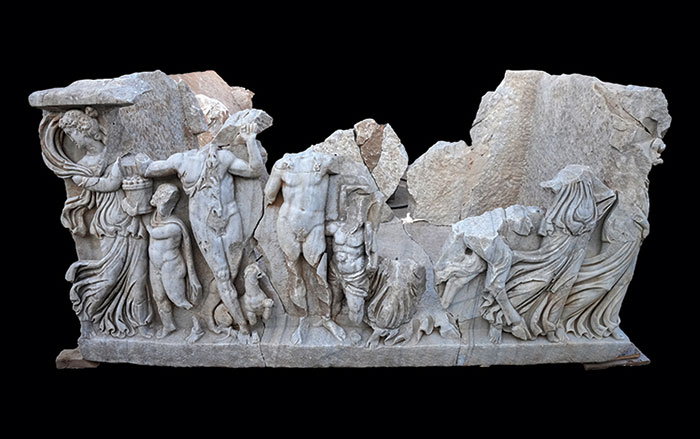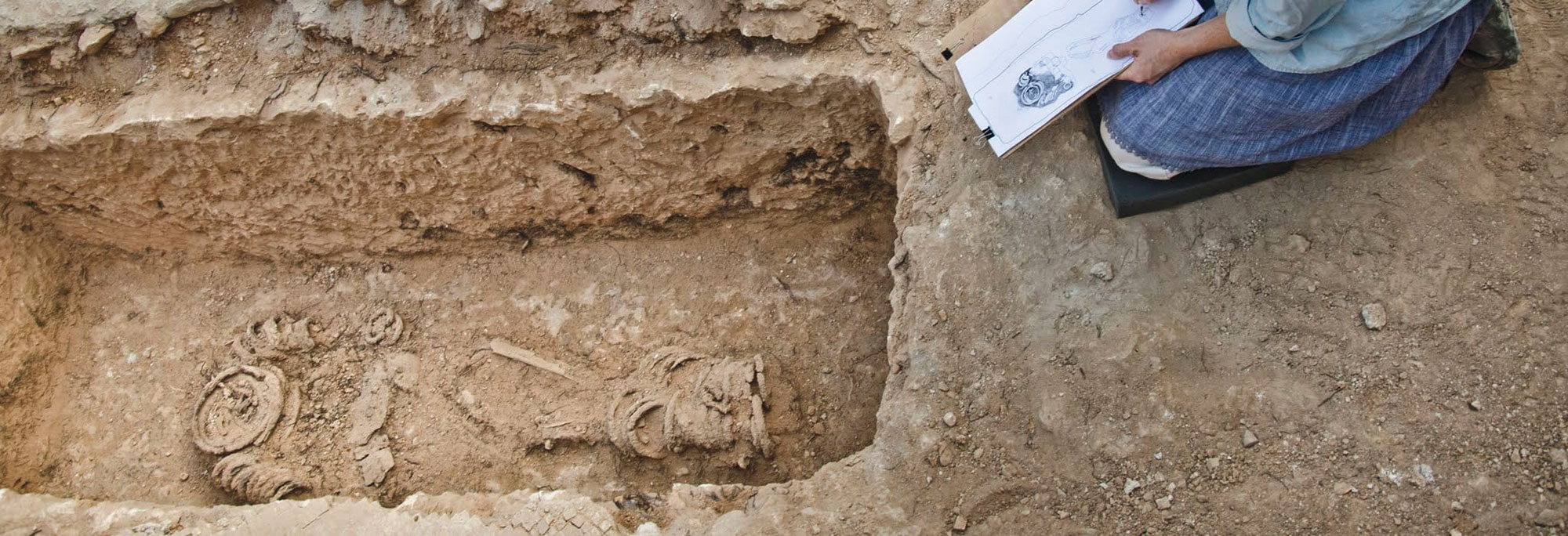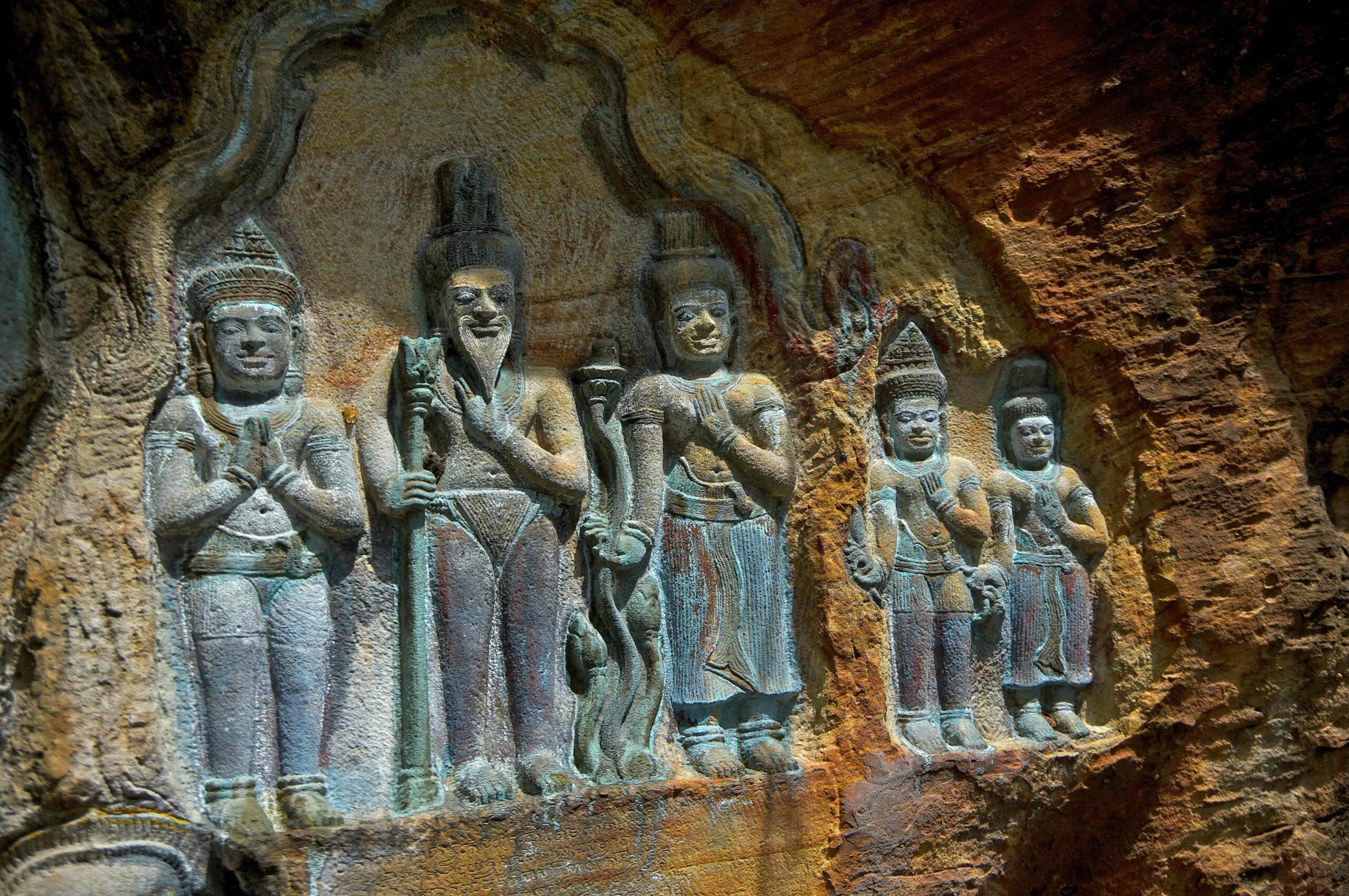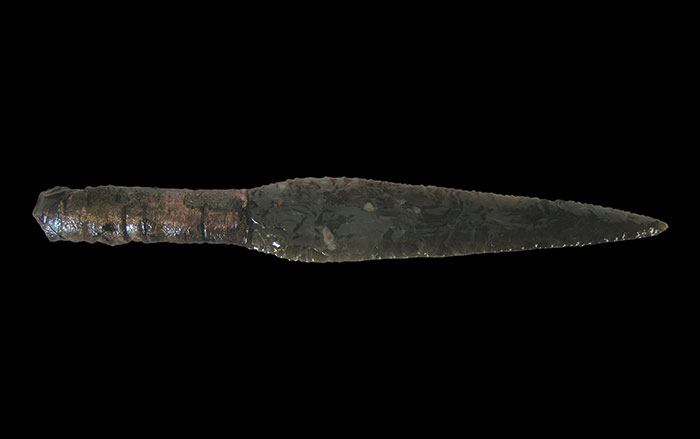Ever since the discovery of the largest known Greek tomb was announced in August, archaeology buffs around the world have been eagerly awaiting each successive bit of news from the site. The Amphipolis tomb, which dates to the time of Alexander the Great, is a prime example of how archaeology can captivate the public imagination and easily earned a spot on our list of the Top 10 Discoveries of 2014.
Equally impressive was the discovery, after decades upon decades of searching, of a ship that sank in Arctic waters in present-day Canada almost 170 years ago while looking for the Northwest Passage. That find was deemed so momentous that Canadian Prime Minister Stephen Harper took it upon himself to make the official announcement.
Archaeologists were also hard at work in the lab squeezing as much insight as possible out of limited evidence. Analysis of 6,000-year-old funerary wrappings established that ancient Egyptians practiced artificial mummification much earlier than had been thought. Genetic material from a skeleton found in an underwater cave in Mexico helped shed light on the relationship between the first people to arrive in the Americas and modern Native Americans. And a clever approach to interpreting the genome of Neanderthals revealed factors beyond the raw genetic code that explain how they differed from modern humans.
This year’s finds span the globe and tens of thousands of years, but are united in demonstrating archaeology’s ability to uncover hidden truths. What better example than the revelation via remote-sensing technologies that Stonehenge is surrounded by thousands of yet-to-be-interpreted Neolithic archaeological features? The discoveries on our top 10 list stand as a reminder that there is always more to learn about our past.
-
 (Courtesy LBI ArchPro/Stonehenge Hidden Landscapes Project)
(Courtesy LBI ArchPro/Stonehenge Hidden Landscapes Project) -
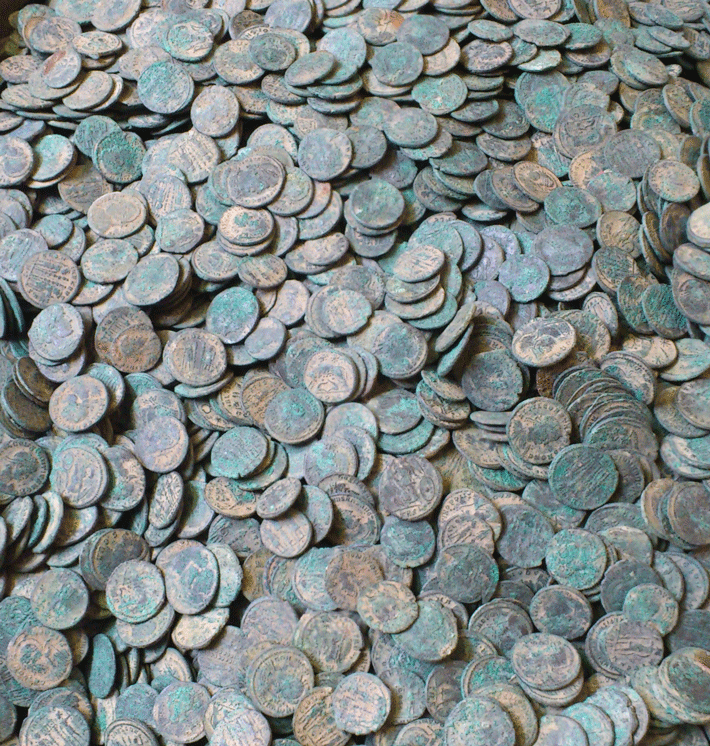 (Courtesy © The Trustees of the British Museum)
(Courtesy © The Trustees of the British Museum) -
 (Greek Culture Ministry/Associated Press)
(Greek Culture Ministry/Associated Press) -
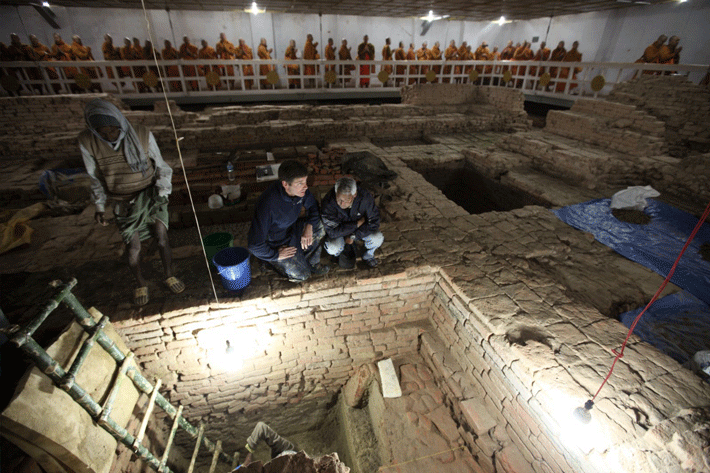 (Ira Block/National Geographic)
(Ira Block/National Geographic) -
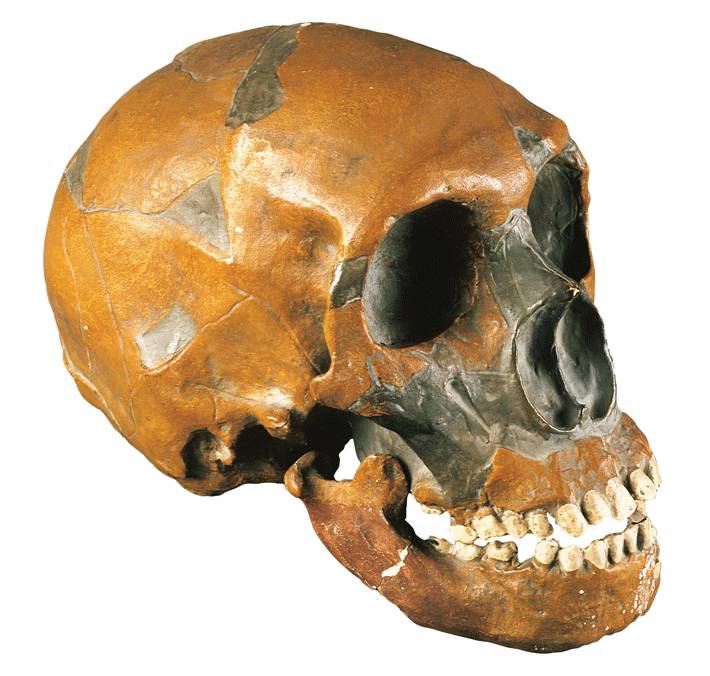 (DEA/G. Cigolini/Gettyimages)
(DEA/G. Cigolini/Gettyimages) -
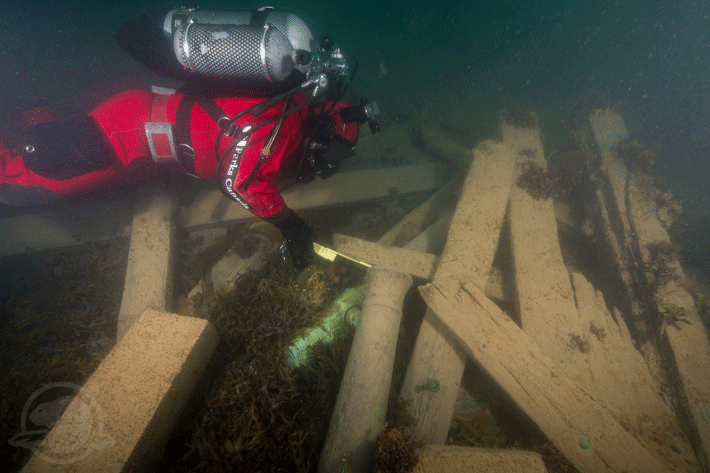 (Courtesy © Thierry Boyer, Parks Canada)
(Courtesy © Thierry Boyer, Parks Canada) -
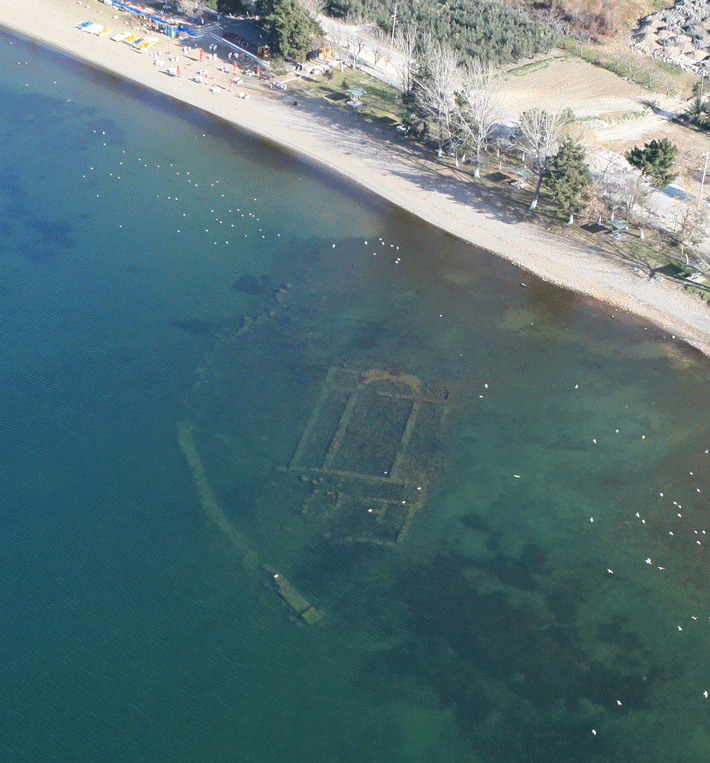 (Mustafa Sahin/Uludag University)
(Mustafa Sahin/Uludag University) -
 (Courtesy © Ron Oldfield and Jana Jones)
(Courtesy © Ron Oldfield and Jana Jones) -
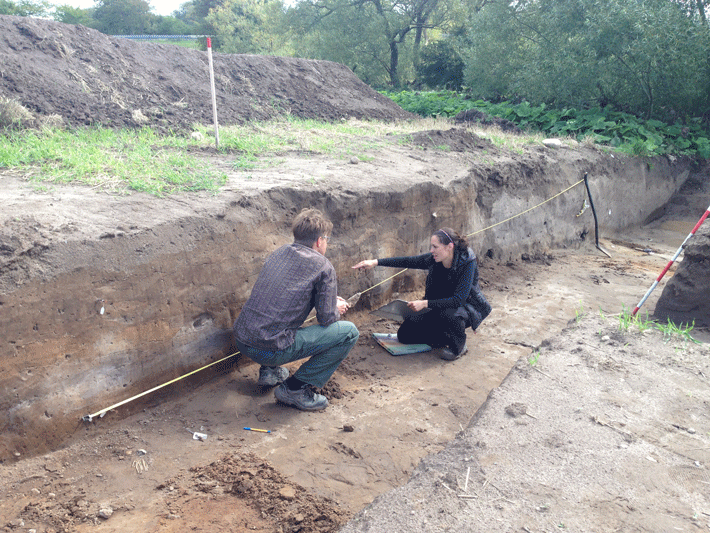 (Courtesy The Danish Castle Center, Linen)
(Courtesy The Danish Castle Center, Linen) -
Top 10 Discoveries of 2014 January/February 2015
Naia—the 13,000-Year-Old Native American
Yucatán Peninsula, Mexico
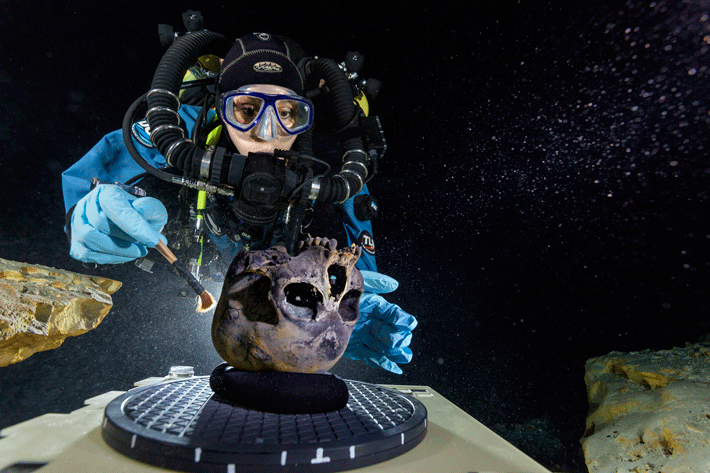 (Paul Nicklen/National Geographic)
(Paul Nicklen/National Geographic)


